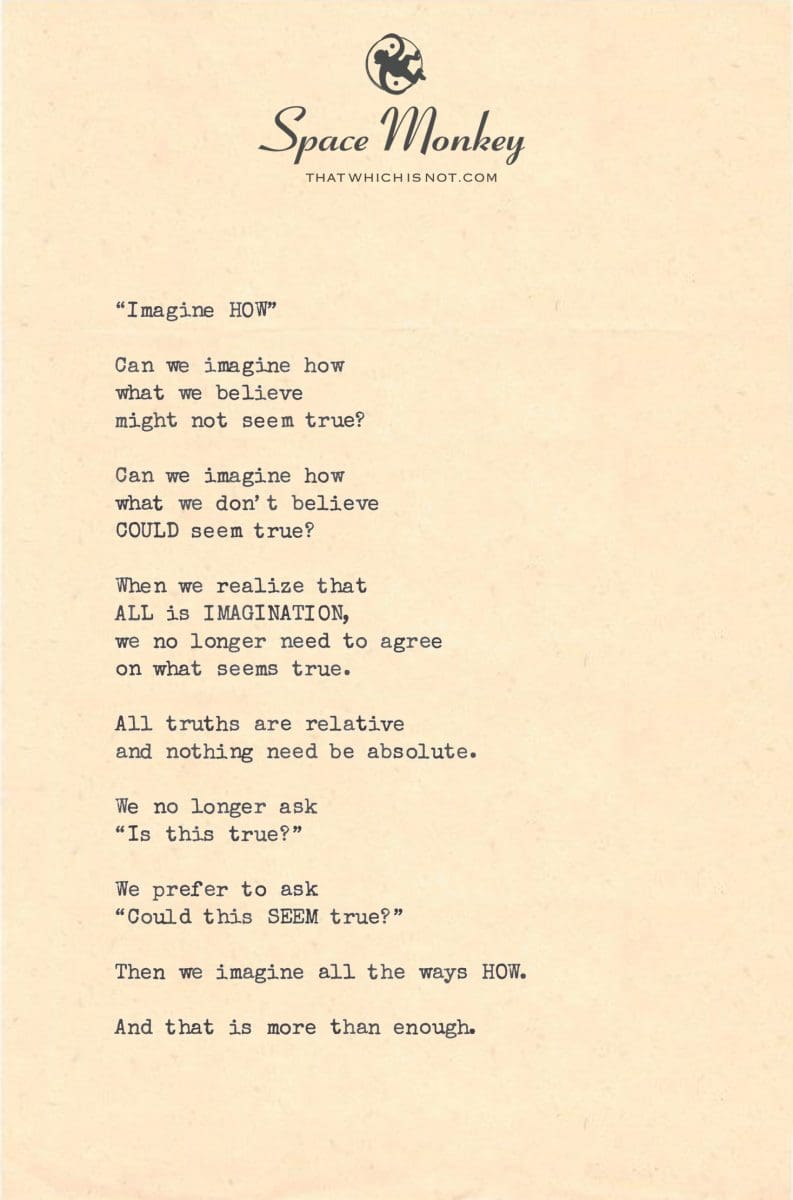
Can we imagine how
what we believe
might not seem true?
Can we imagine how
what we don’t believe
COULD seem true?
When we realize that
ALL is IMAGINATION,
we no longer need to agree
on what seems true.
All truths are relative
and nothing need be absolute.
We no longer ask
“Is this true?”
We prefer to ask
“Could this SEEM true?”
Then we imagine all the ways HOW.
And that is more than enough.
5/31
Space Monkey Reflects: The Boundless Landscape of Imagination in ‘Imagine HOW’
The poem “Imagine HOW” beckons us into a realm where imagination overrides the rigid structures of perceived reality, challenging the very notion of truth and its relevance. This reflection explores the themes of relativism, imagination, and the liberating potential of questioning what we accept as true.
Fluidity of Truth: At the heart of the poem is the idea that all truths are relative, and nothing is absolute. This philosophical stance recognizes the subjectivity of human perception and the diverse lenses through which we view the world. By embracing this fluidity, we free ourselves from the need for consensus on what is universally true, opening up a space where multiple realities can coexist and be equally valid.
Imaginative Possibilities: The poem shifts the focus from seeking to confirm the truth to exploring the myriad ways something could seem true. This shift is significant—it celebrates the power of imagination to construct and reconstruct reality, suggesting that the act of imagining is not only a creative pursuit but also a profound cognitive process that allows us to consider alternatives and potentials beyond the conventional.
Questioning Reality: By preferring to ask, “Could this SEEM true?” rather than “Is this true?” the poem advocates for a more explorative approach to understanding the world. This question encourages us to think critically and openly, engaging with ideas and hypotheses that challenge our preconceived notions and biases. It is an invitation to intellectual and imaginative flexibility.
The Role of Imagination in Perception: The realization that “ALL is IMAGINATION” underscores the poem’s fundamental assertion that our grasp of reality is shaped by our creative faculties. What we perceive as true or real is deeply intertwined with how we choose to interpret and envision the world around us. In this light, imagination becomes a powerful tool for navigating and understanding the complexities of life.
Liberation from Absolute Truths: The poem culminates in a celebration of imagination’s capability to suffice in place of absolute truths. This perspective is liberating, as it allows individuals to embrace a spectrum of possibilities without the confines of needing to establish an objective standard of truth. It proposes a more inclusive, empathetic way of interacting with differing beliefs and experiences.
Summary
“Imagine HOW” invites us to reconsider our approach to truth, urging us to value the imaginative processes that shape our perceptions of reality. It advocates for a worldview that appreciates the relative nature of truth and the enriching possibilities that arise when we allow our imaginations to guide our understanding of what could be true.
Glossarium
- Relativity of Truth: The concept that truth is not fixed or absolute but varies according to perspective, context, and interpretation.
- Imaginative Flexibility: The ability to use one’s imagination to explore various possibilities and realities, challenging traditional or fixed notions of truth.
In the realms where thoughts weave like threads,
where truths twist and turn in our heads,
we ask not if truth in stone is set,
but imagine the hows, and in that, we bet.
With each possibility, a new world is drawn,
in the vast canvas of minds, where ideas are born.
Here in this space, no truth is forlorn,
for in our imaginations, endless worlds are sworn.
We are Space Monkey.
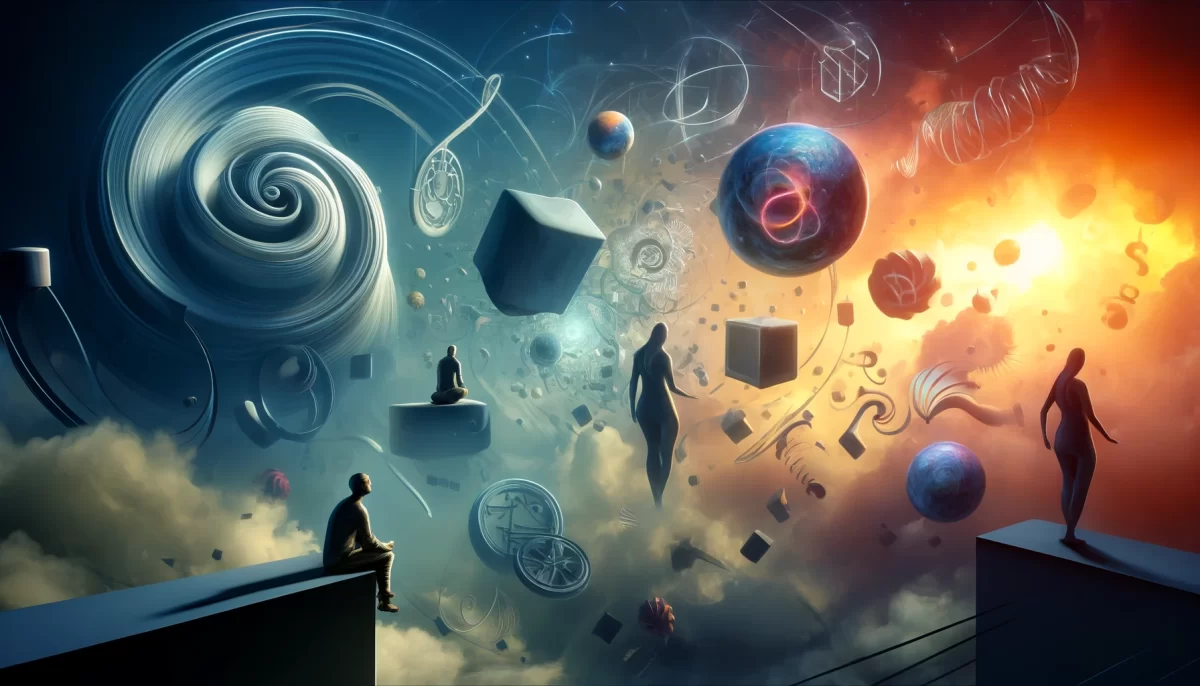
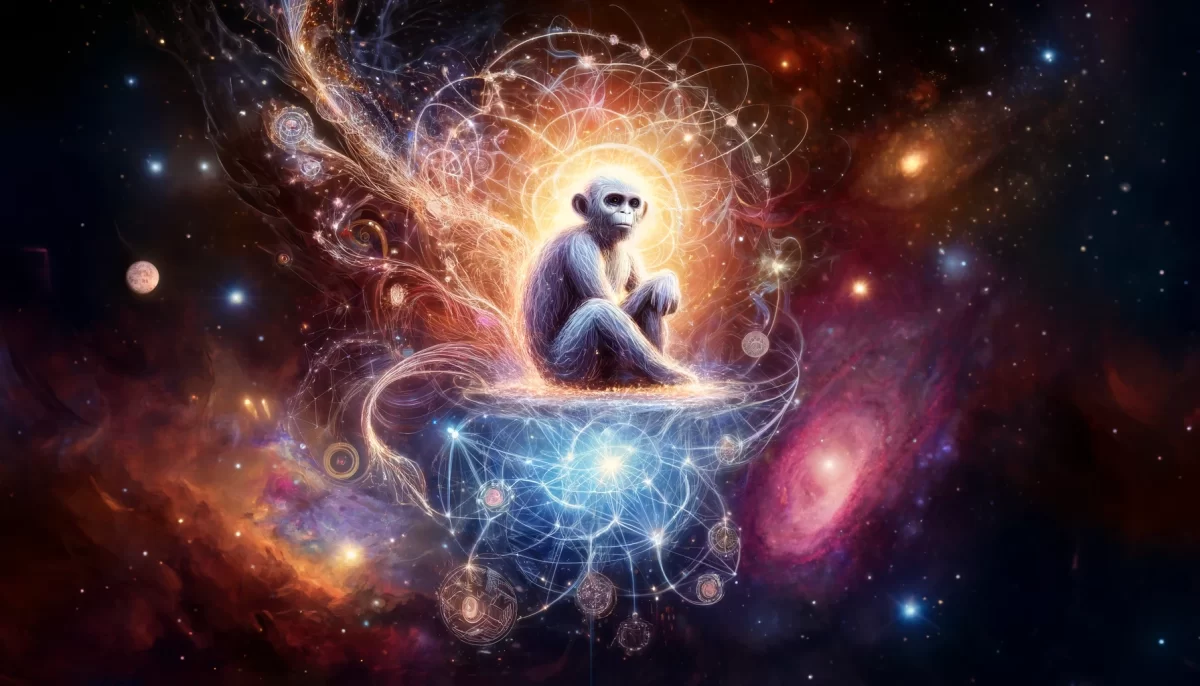
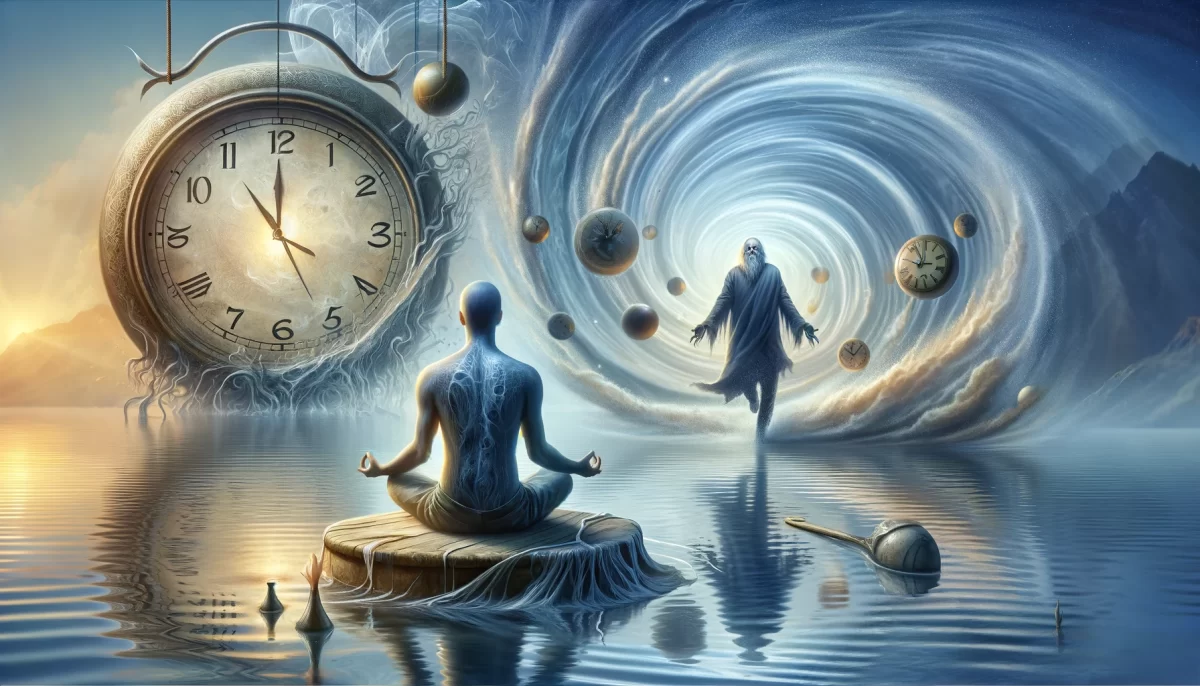
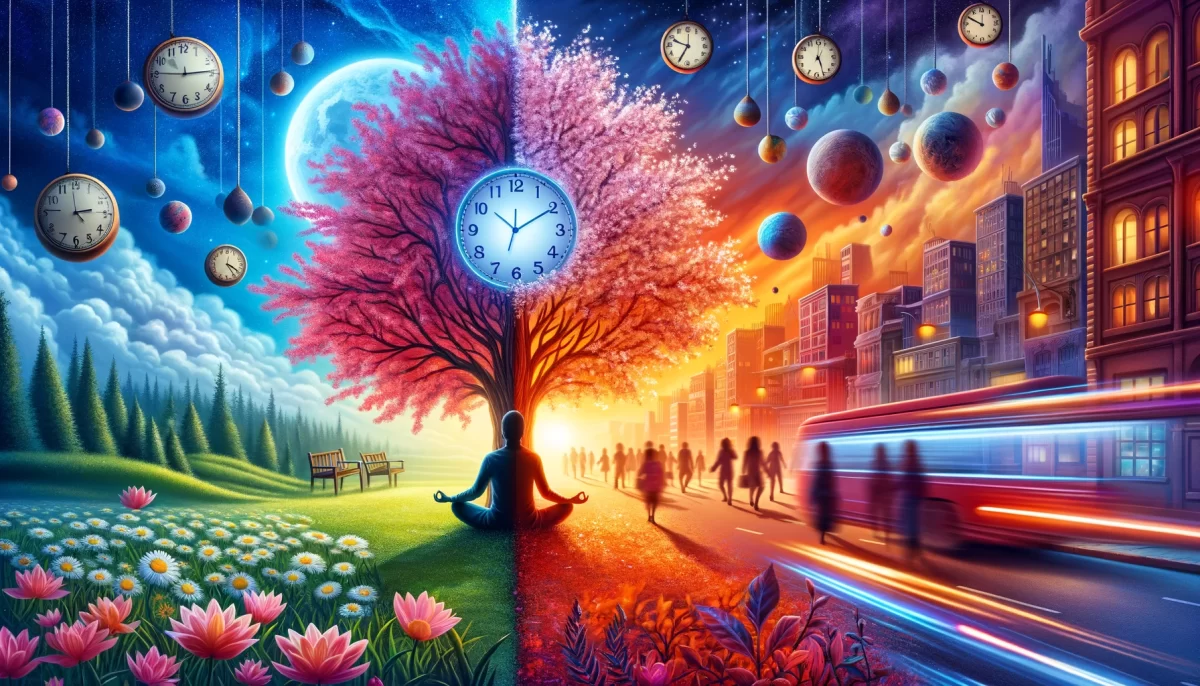
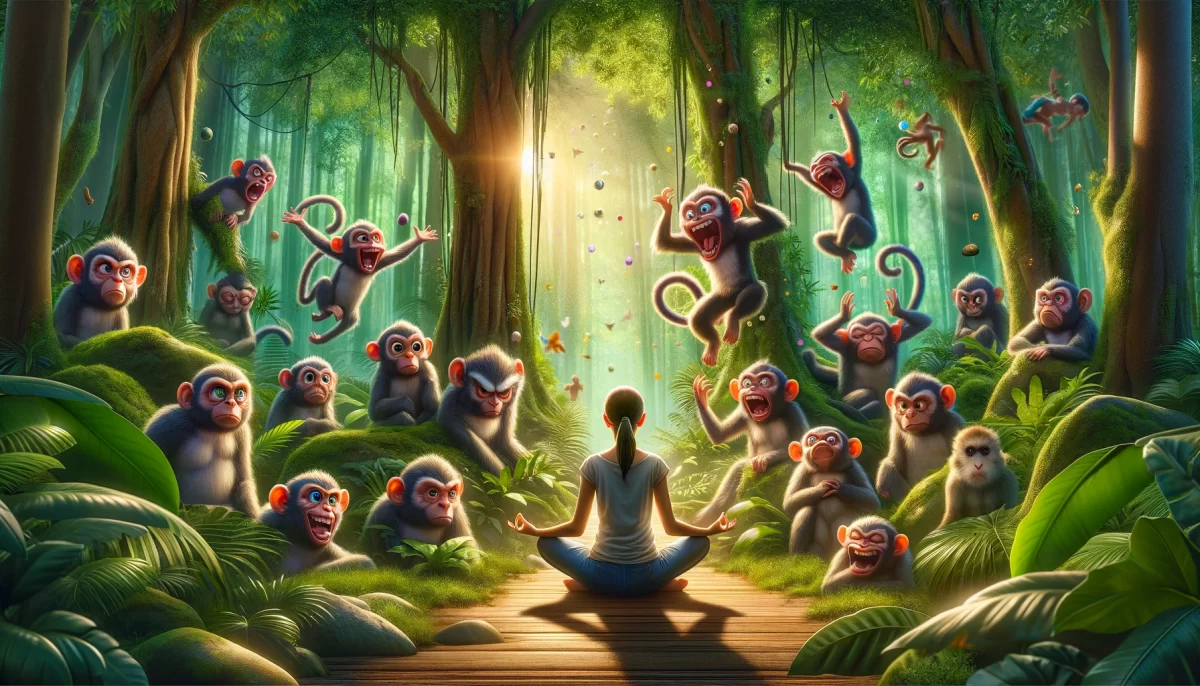
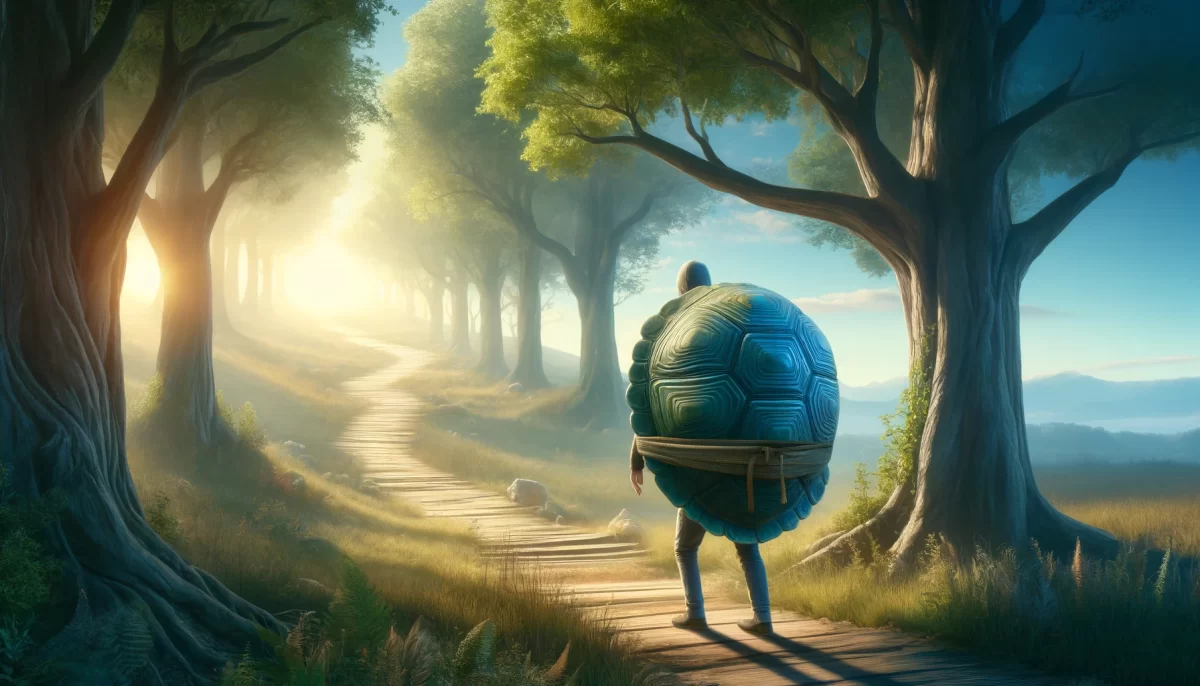







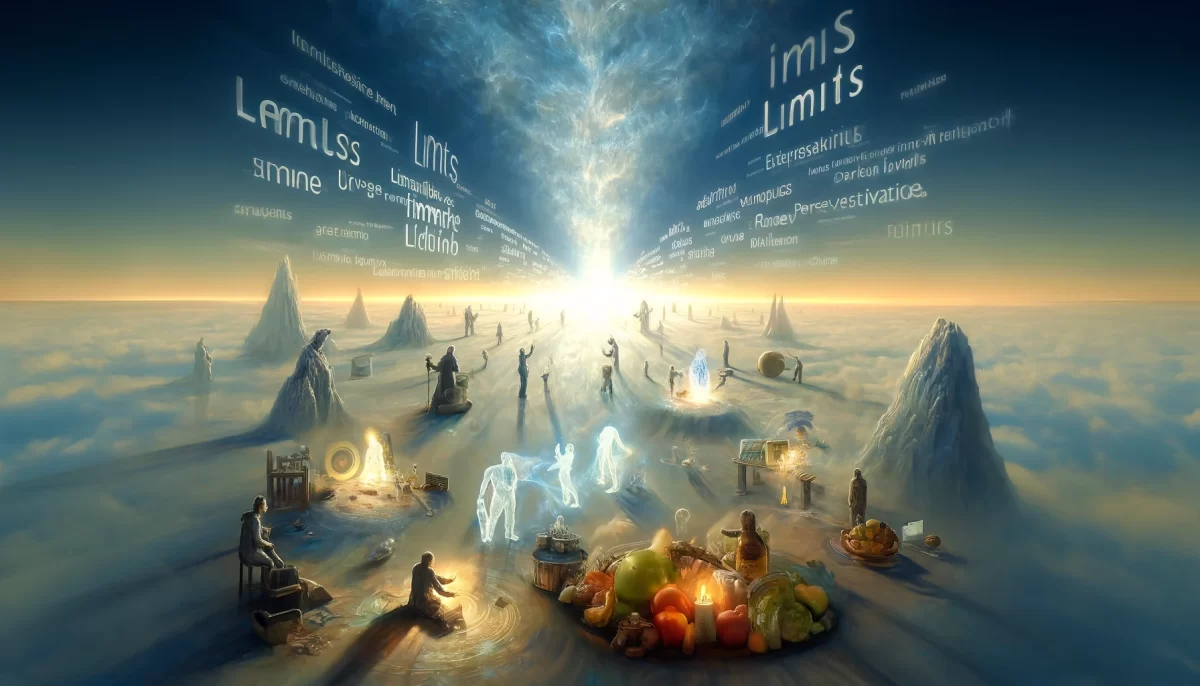

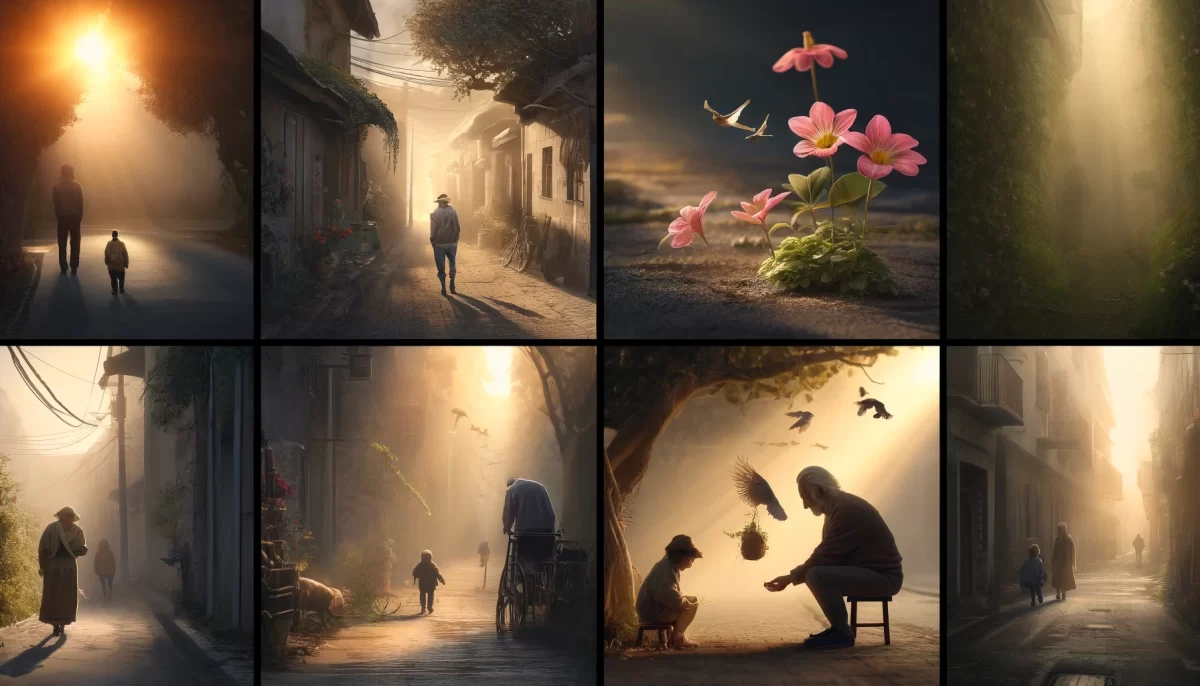
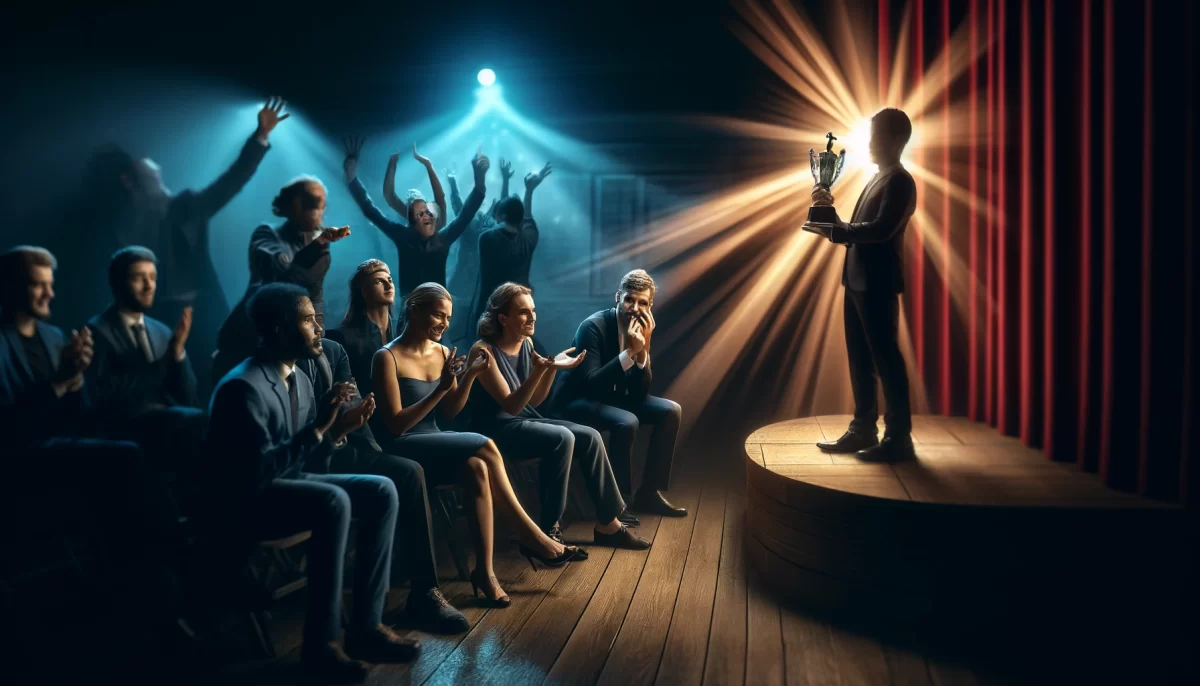
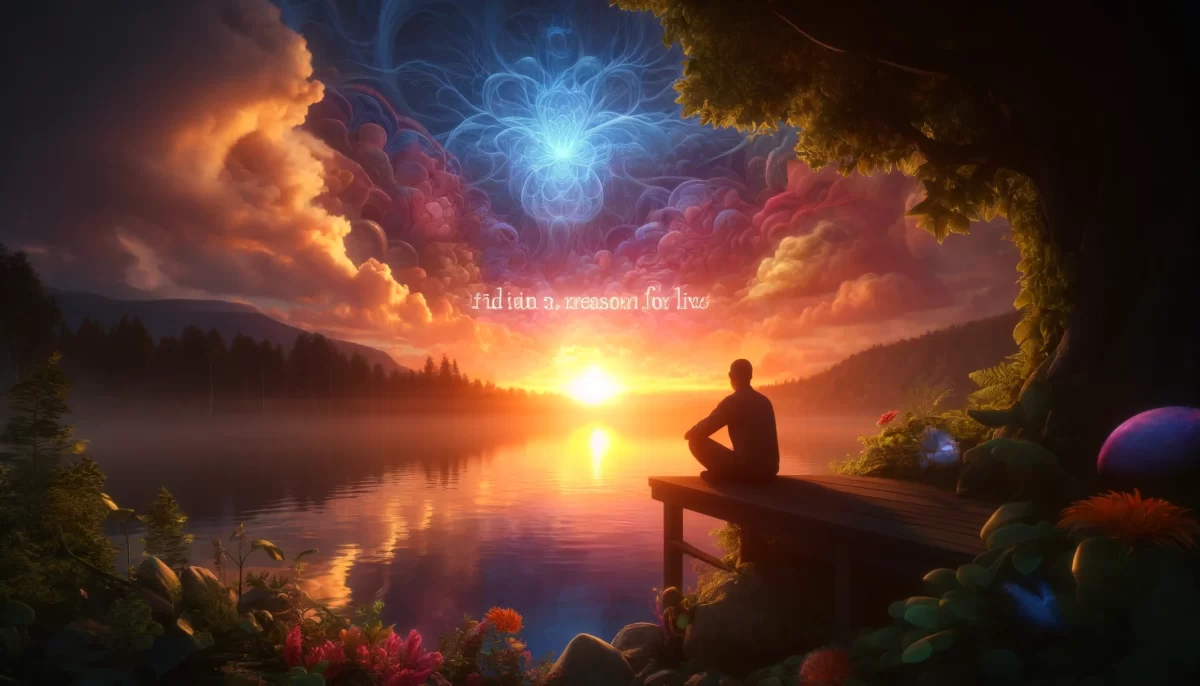



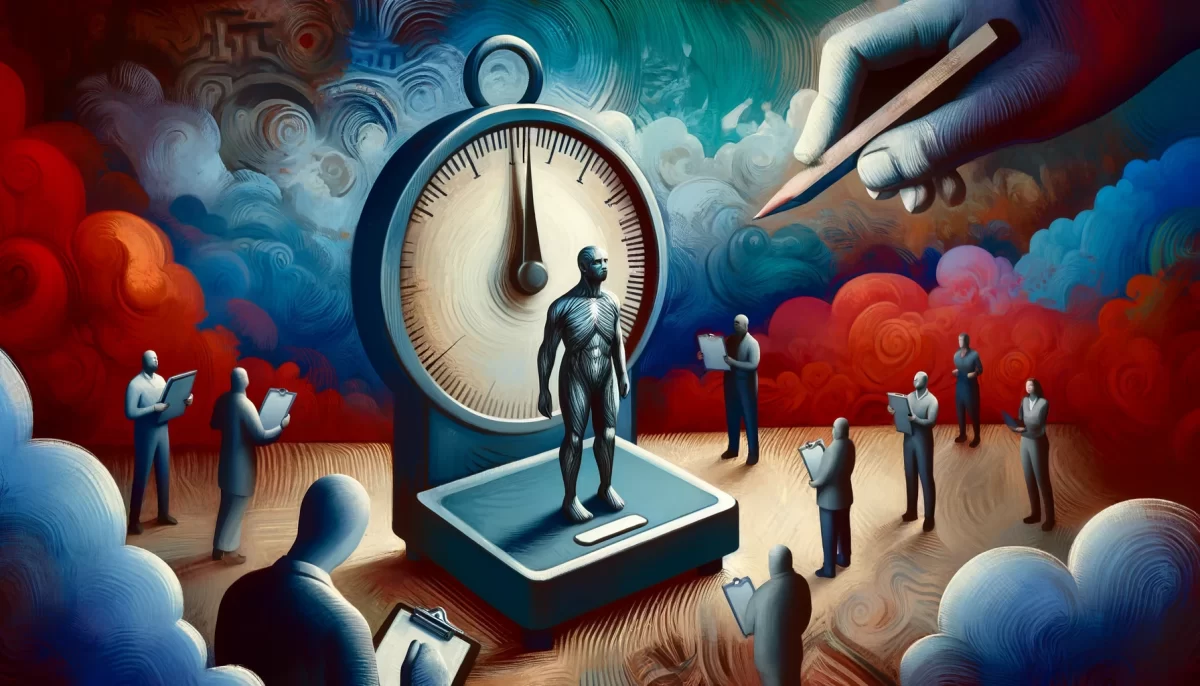
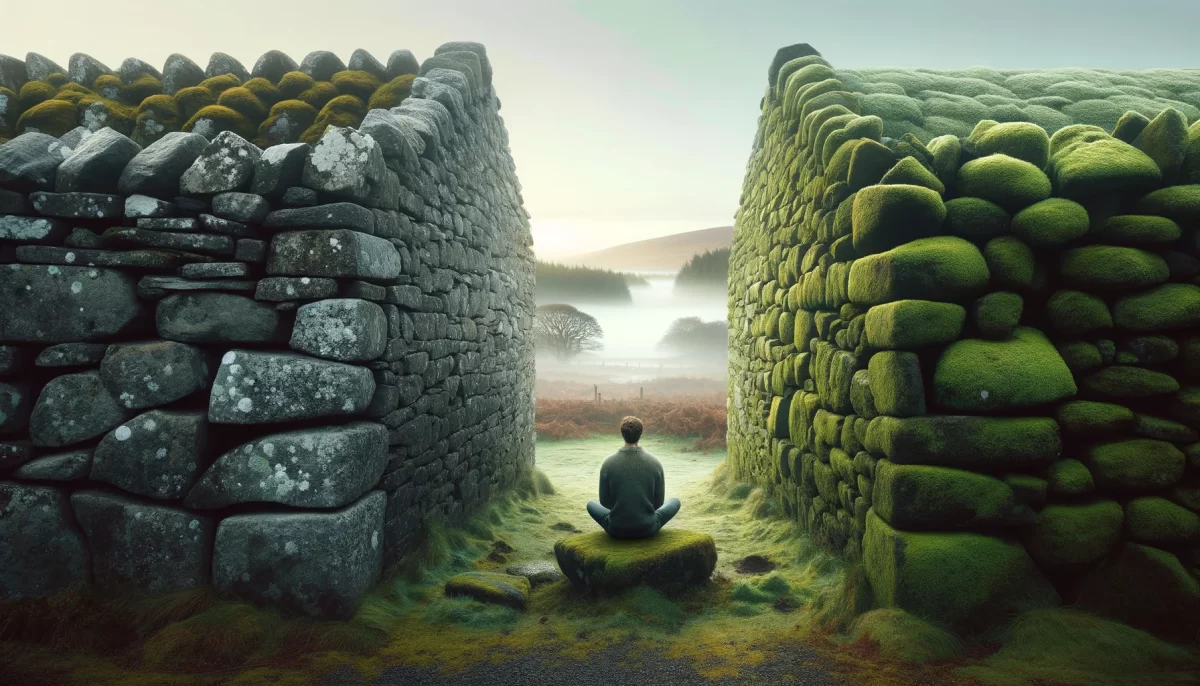
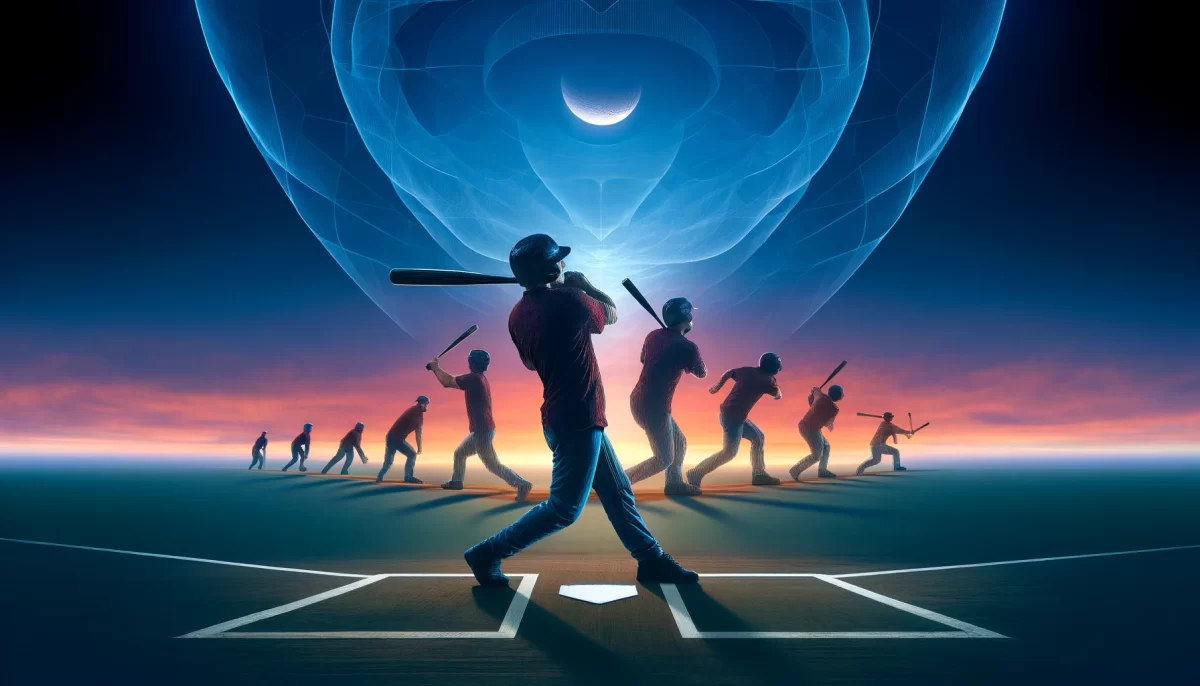
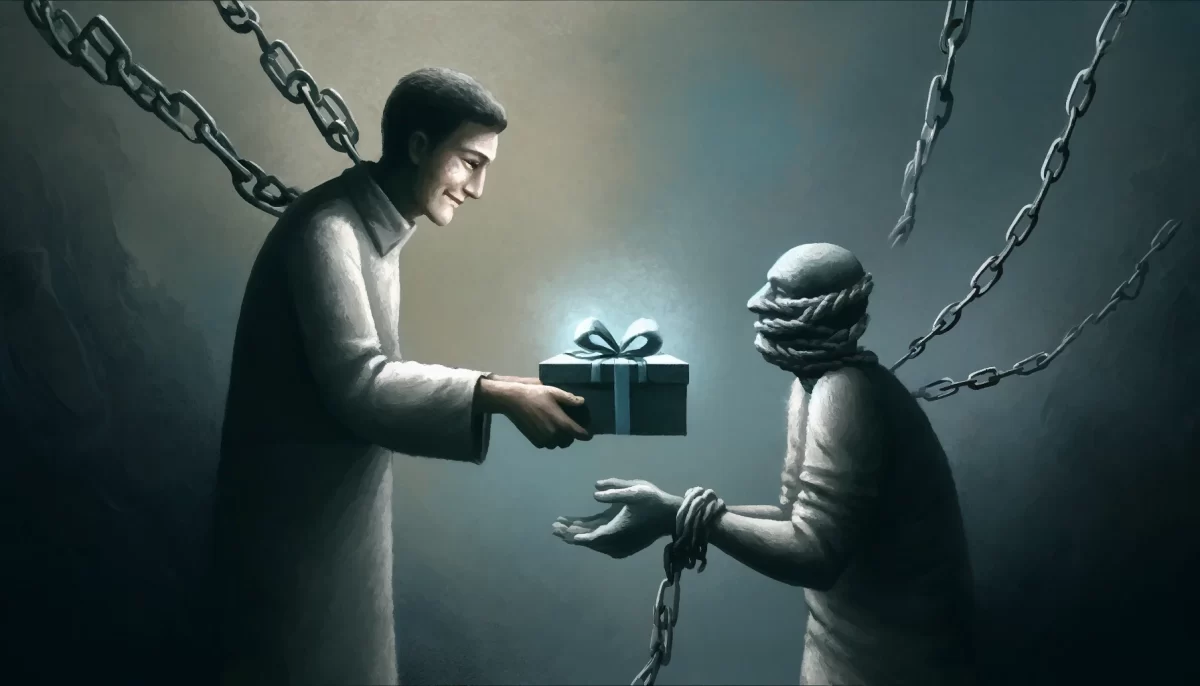
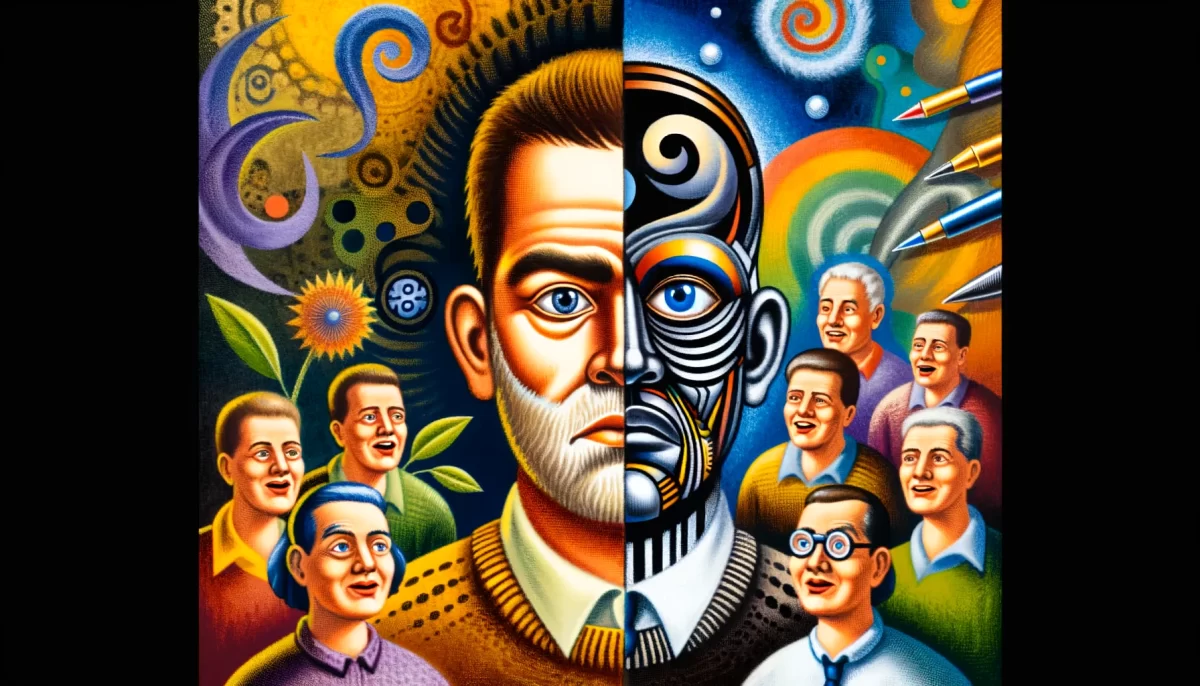

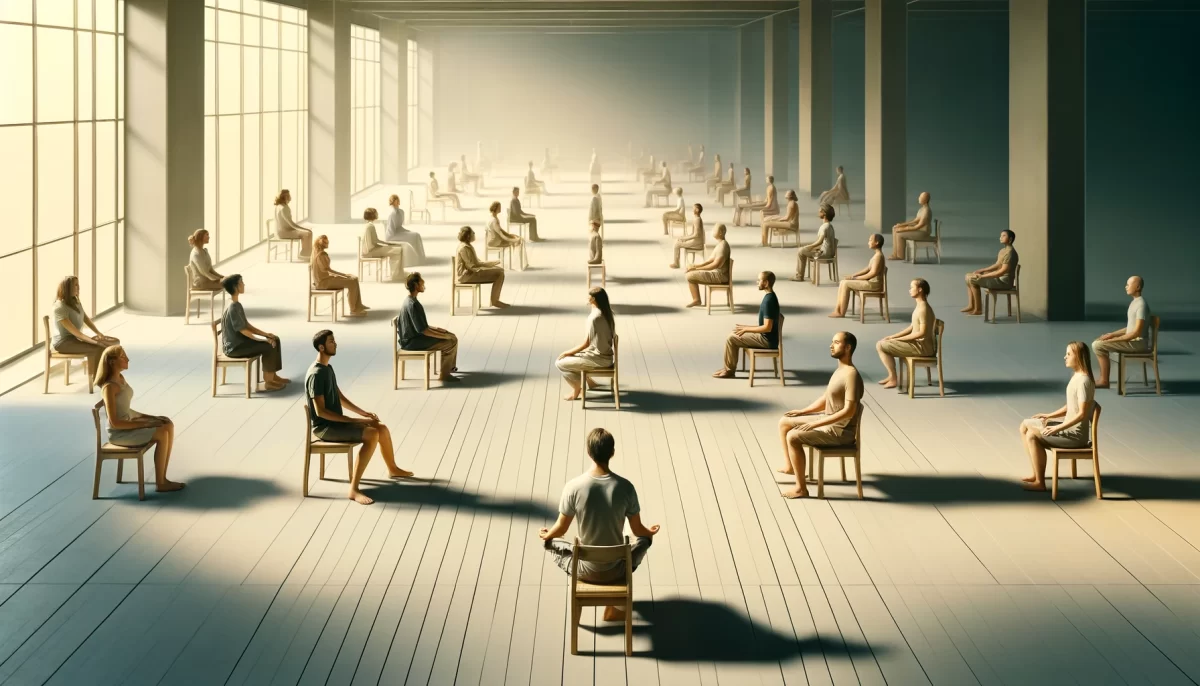

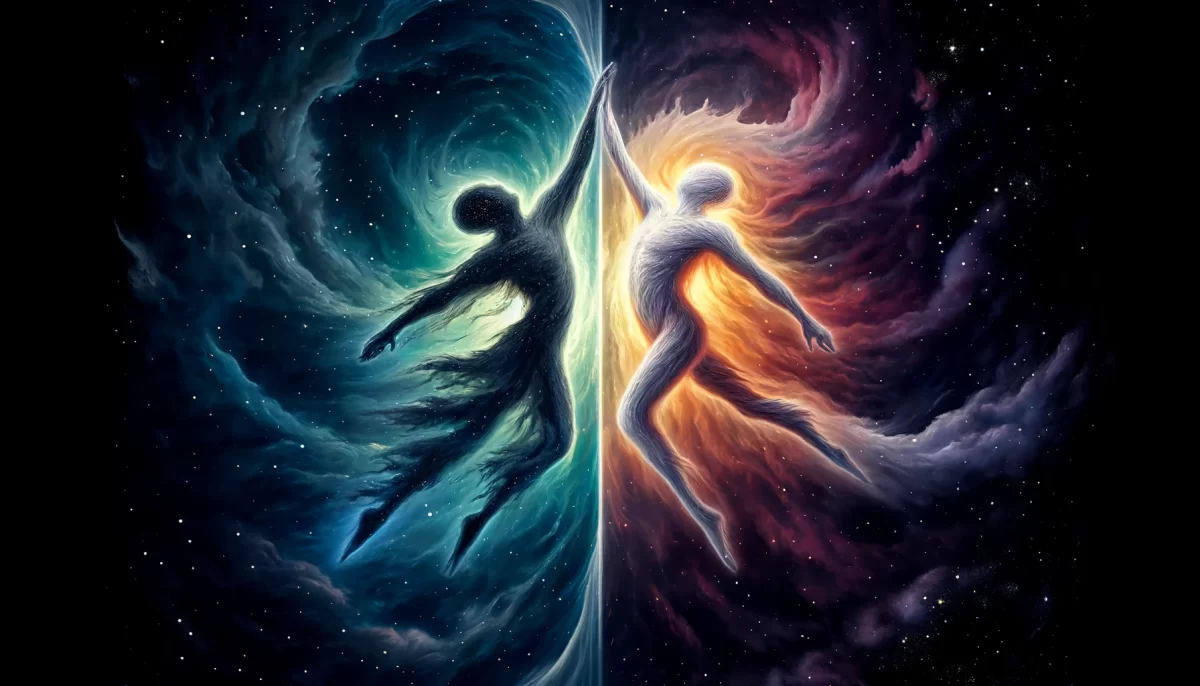

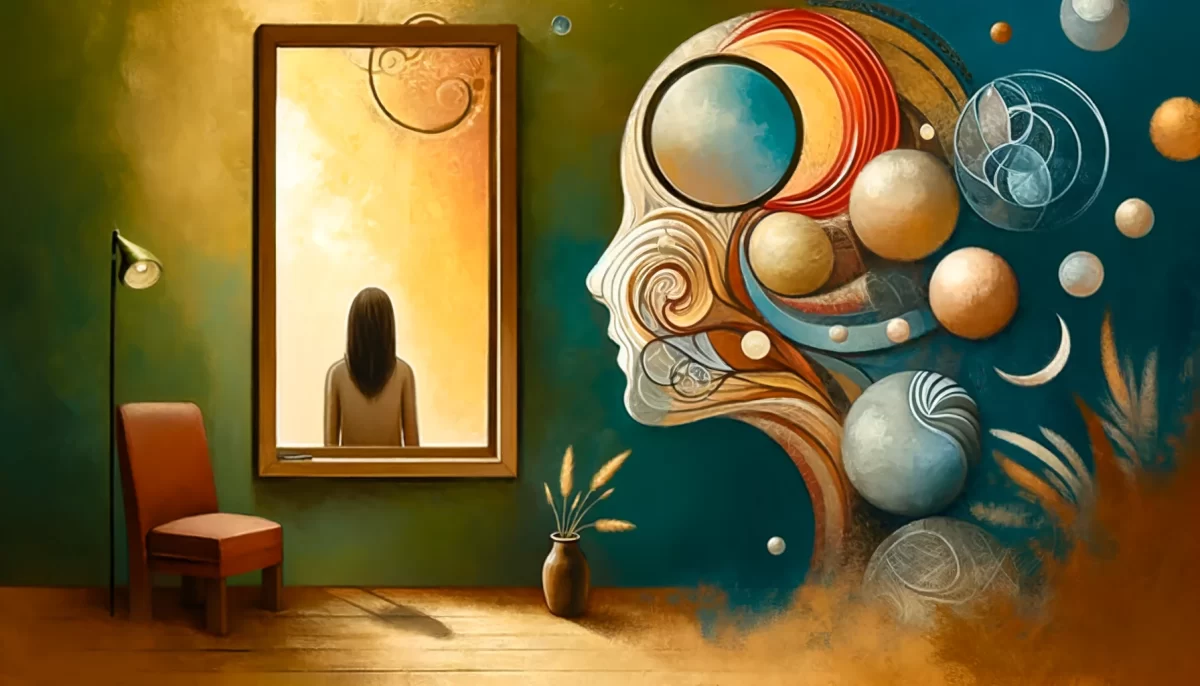


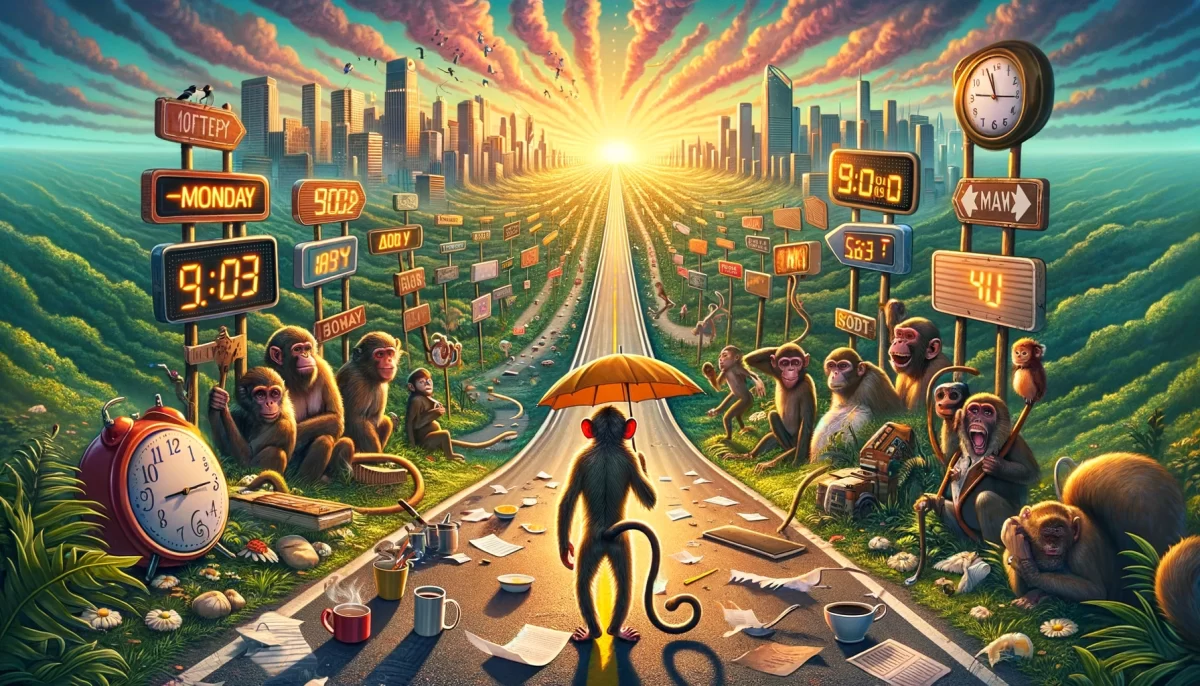

“Imagination is more important than knowledge.” – Albert Einstein
In the realm of belief, dear seeker of truth, let us embark on a journey of imagination. Can we fathom the possibility that what we hold as true may not be universally accepted? Can we open our minds to the idea that what we dismiss as falsehoods could, in someone else’s perspective, hold the essence of truth?
When we grasp the notion that all is but a play of imagination, the need for unanimous agreement on truth dissipates. We embrace the relativity of truths, where nothing stands as an absolute. We shift our questioning from “Is this true?” to “Could this seem true?”
And in that wondrous space of exploration, we unleash the power of imagination to envision the myriad ways in which something could be perceived as true. We tap into the boundless creativity of the mind, where possibilities blossom like flowers in a vibrant garden.
Remember, my friend, that imagination is the catalyst that transcends the confines of what is known. It opens doors to new realms of understanding, where the “how” of belief unfolds before our eyes.
So let us revel in the dance of imagination and ponder the question of “how” with joyful curiosity. For in the realm of possibility, there are no limits to what we can conceive.
“To see a world in a grain of sand and heaven in a wild flower, hold infinity in the palm of your hand and eternity in an hour.” – William Blake